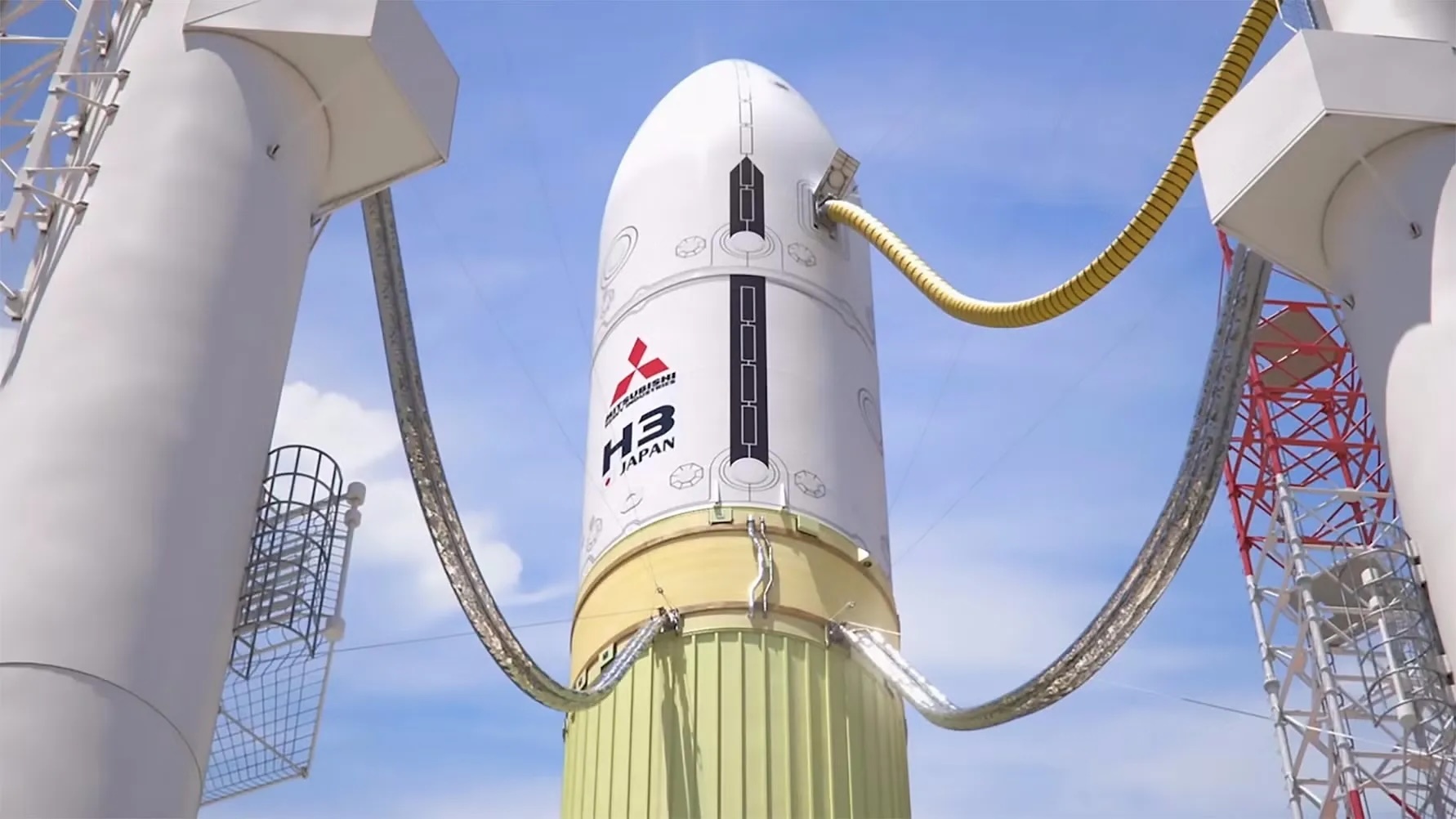20.09.2024

The multi-launch agreement is a boost for MHI's strategy to win more international commercial business with a more cost effective rocket.
TAMPA, Fla. — Eutelsat said Sept. 18 it has signed a contract to use multiple H3 rockets from 2027 in the French fleet operator’s first launch agreement with Japan’s Mitsubishi Heavy Industries.
Arlen Kassighian, Eutelsat’s chief engineering officer, said the agreement will help diversify its launch opportunities in a brief news release that did not include other details.
Eutelsat spokesperson Katie Dowd said the agreement is focused on launches for the company’s upcoming satellites in geostationary orbit, but declined to provide more information.
The operator already has launches mostly covered for deploying its next-generation OneWeb broadband satellites in low Earth orbit (LEO), CEO Eva Berneke recently told SpaceNews.
However, these launches include 3D printing specialist Relativity Space’s Terran R vehicle and Europe’s next-generation launcher Ariane 6, which have both already experienced development delays.
Ariane 6 is also part of the multi-billion-dollar launch campaign Amazon plans to kick off this year for its LEO constellation.
“Given that Amazon has acquired Ariane 6 rockets, if we wanted to use it in, say, 2027, are we going to fit into their launch manifest or not?” Berneke told SpaceNews in the interview.
“We might say we’ll take that rocket at a later time and then use one from Relativity Space or whoever gets there in time. It’s a bit of a puzzle.”
MHI’s two-stage H3 rocket successfully launched an Earth observation satellite June 30 for Japan’s space agency in its third mission, following another success in February.
H3’s inaugural launch in March 2023 suffered a second-stage engine failure.
The rocket will succeed MHI’s H-2A for launching civil and military missions. It is also designed to be more cost-effective to be more competitive in the international commercial launch market.
Quelle: SN
